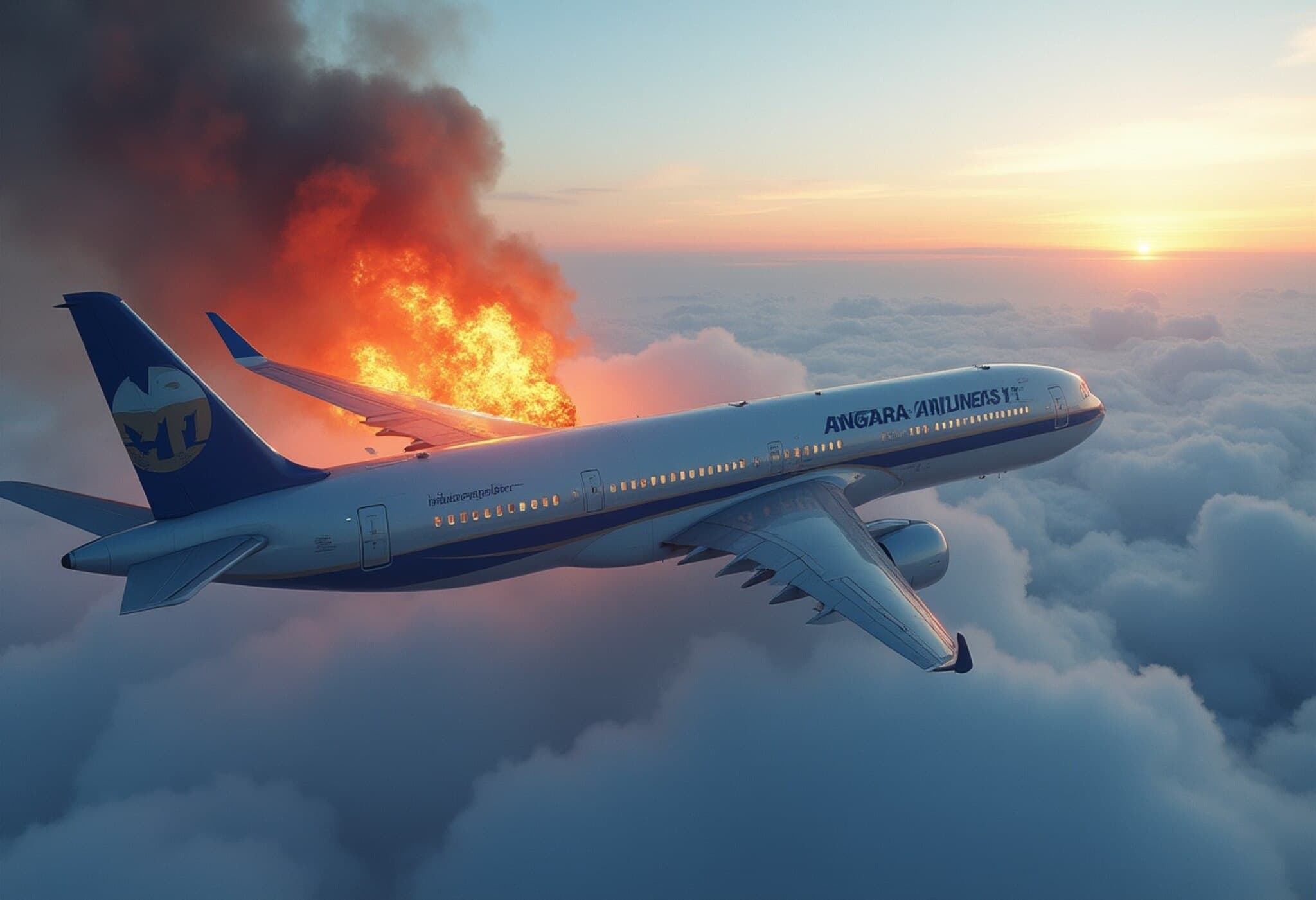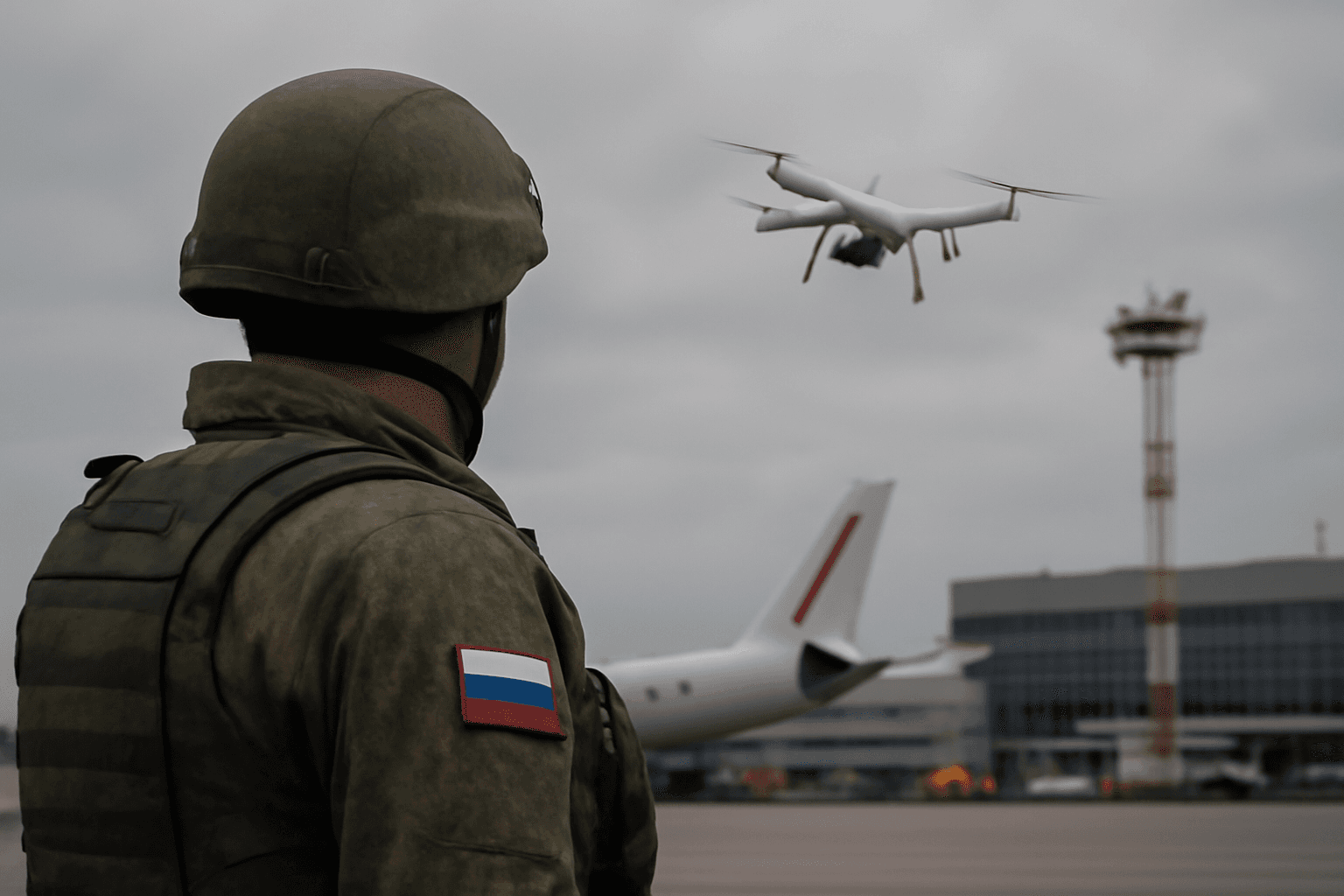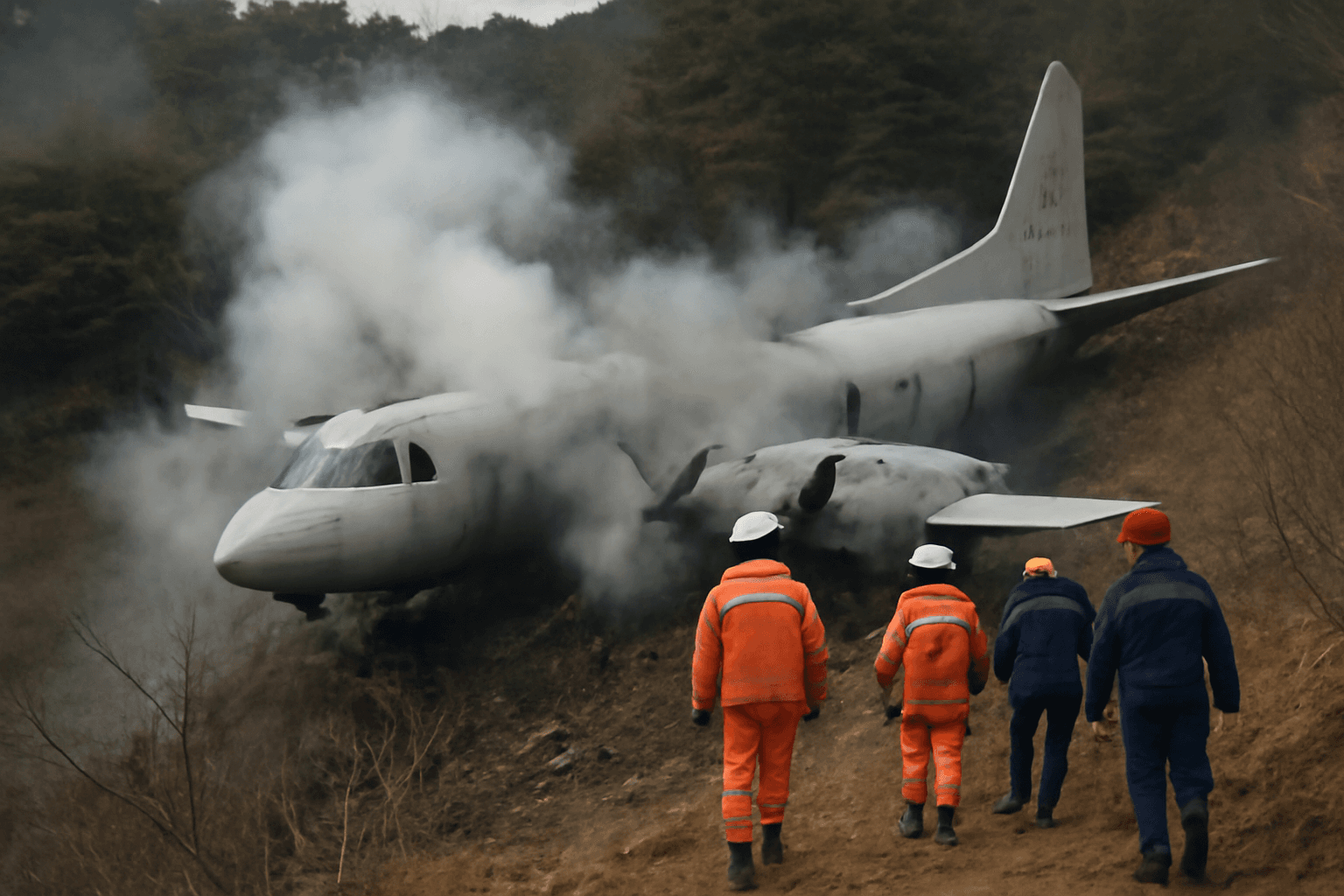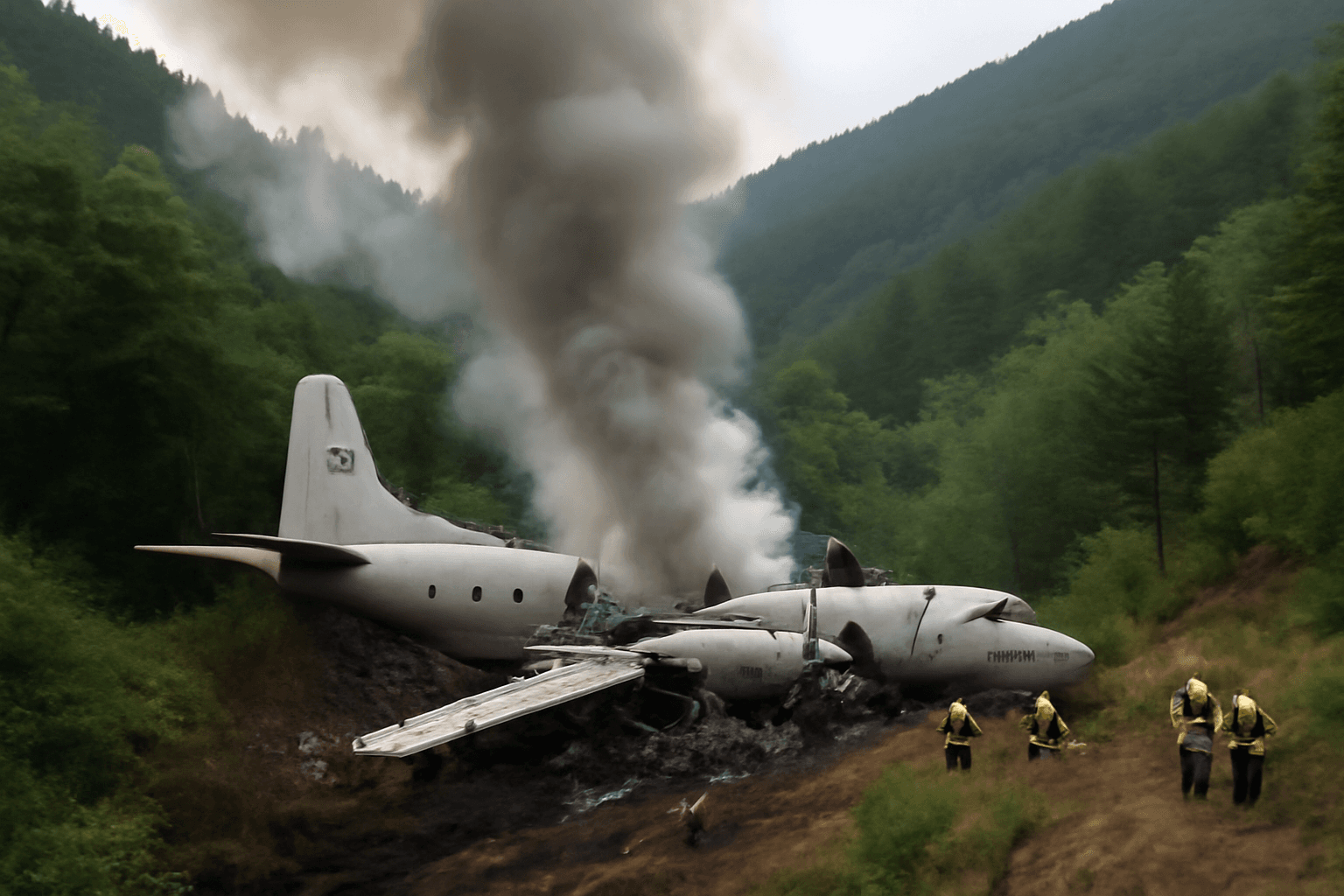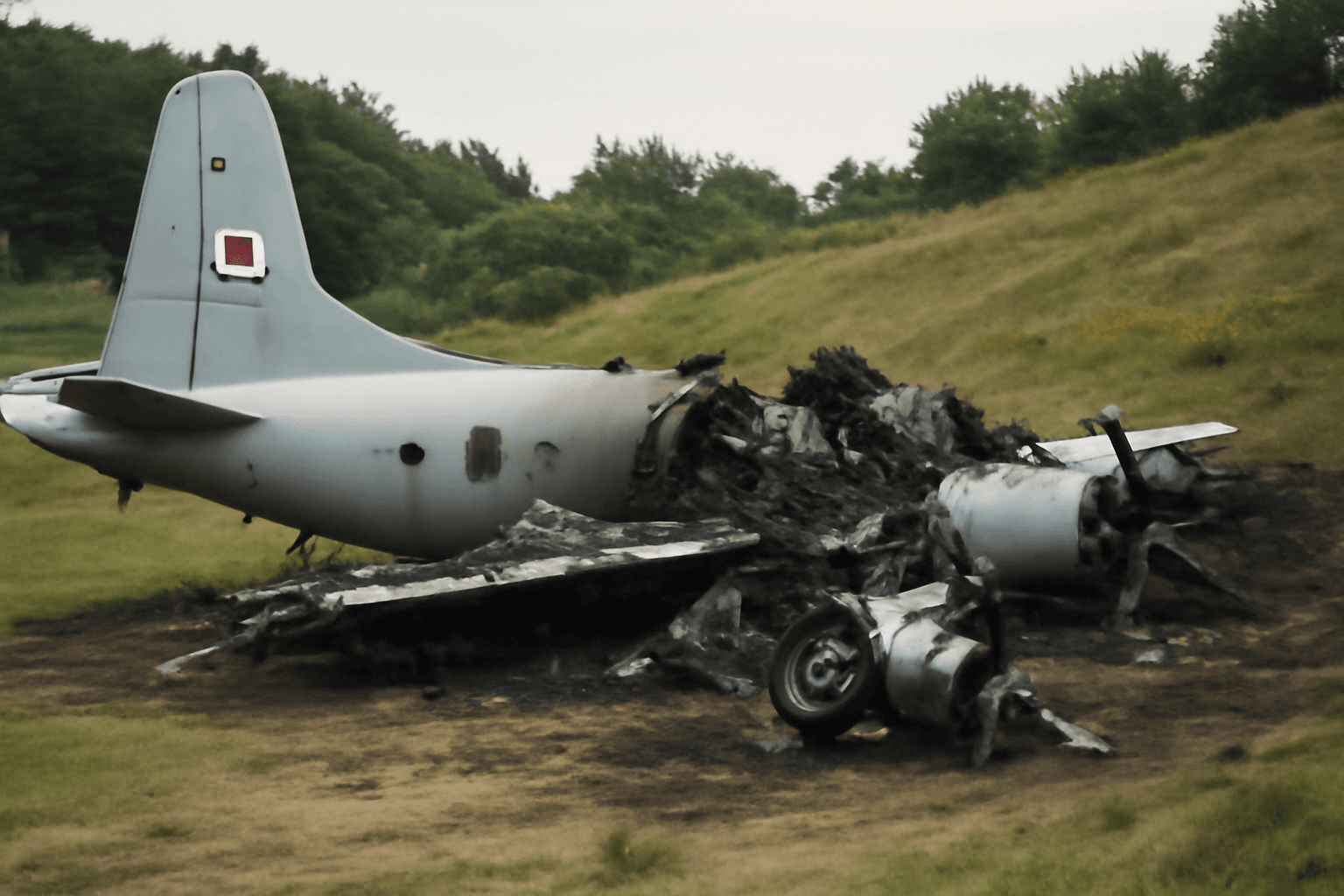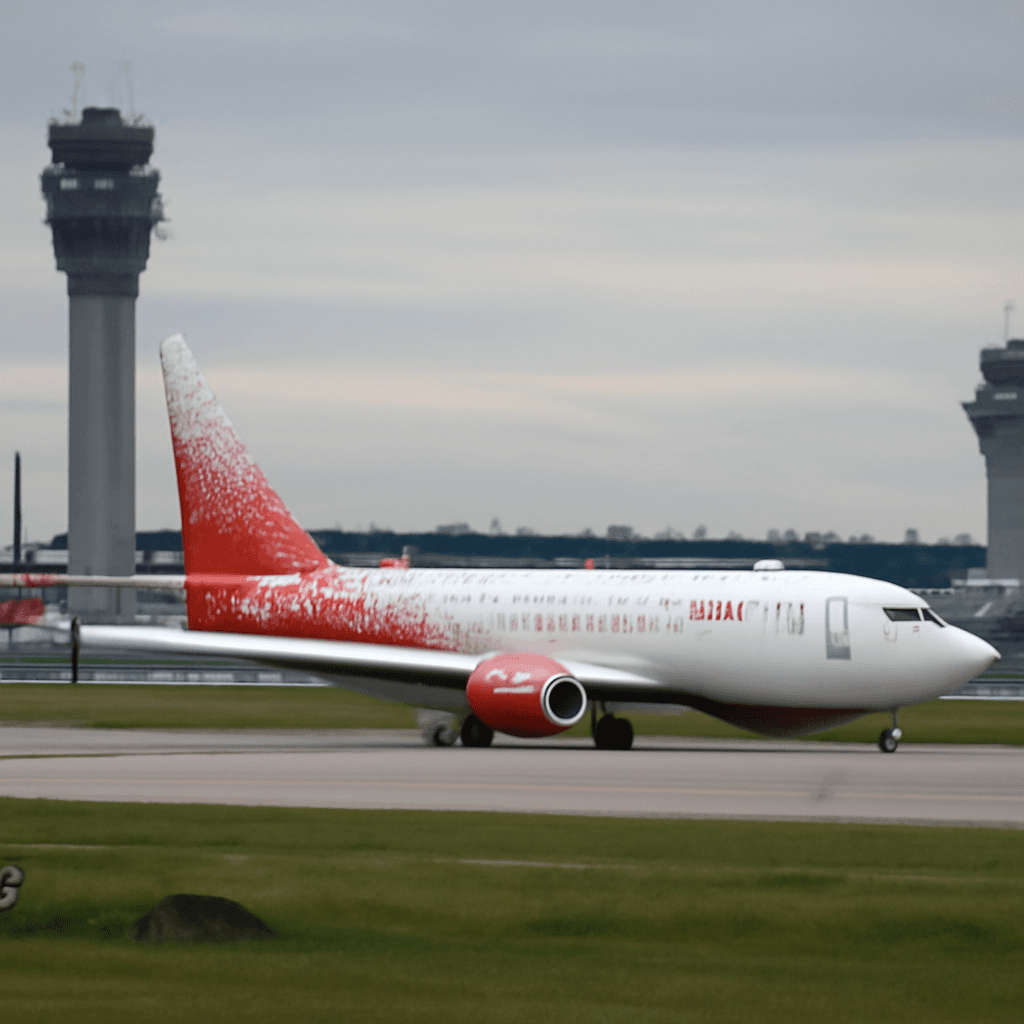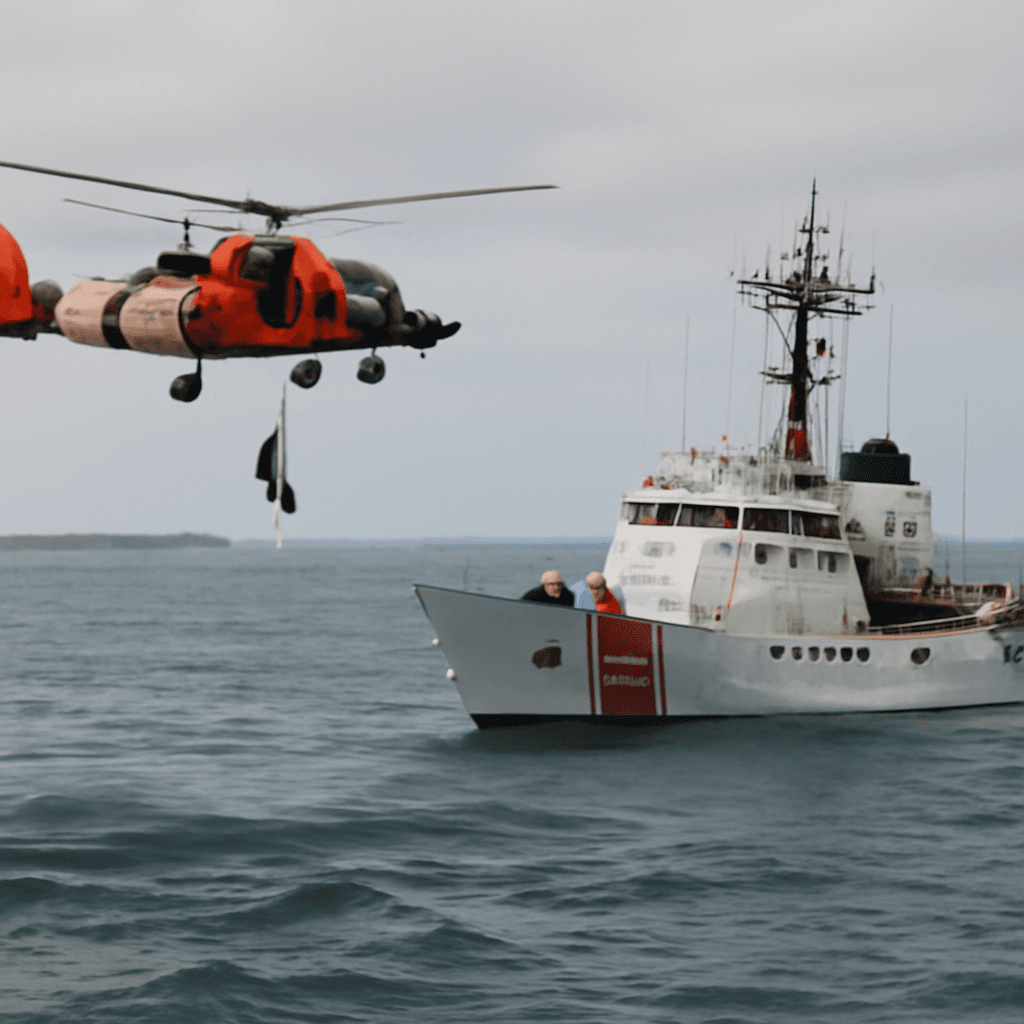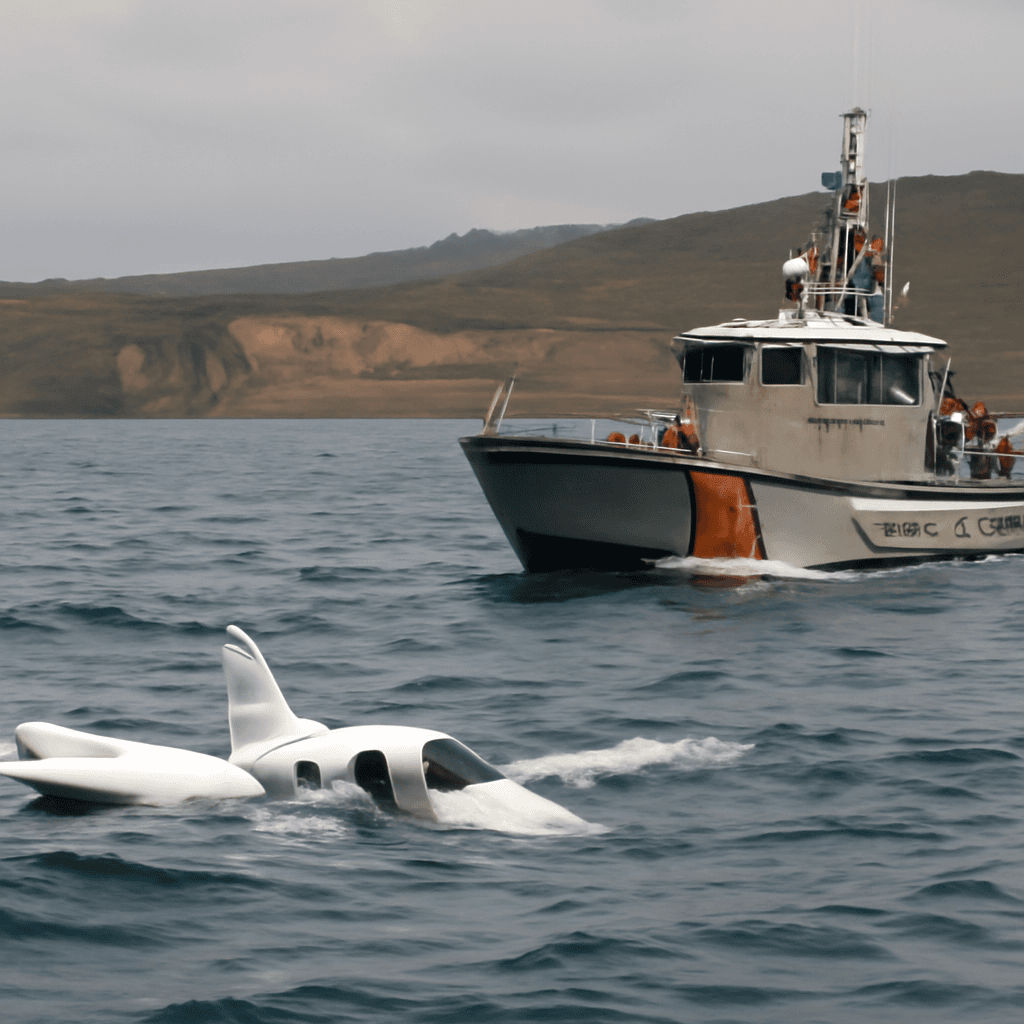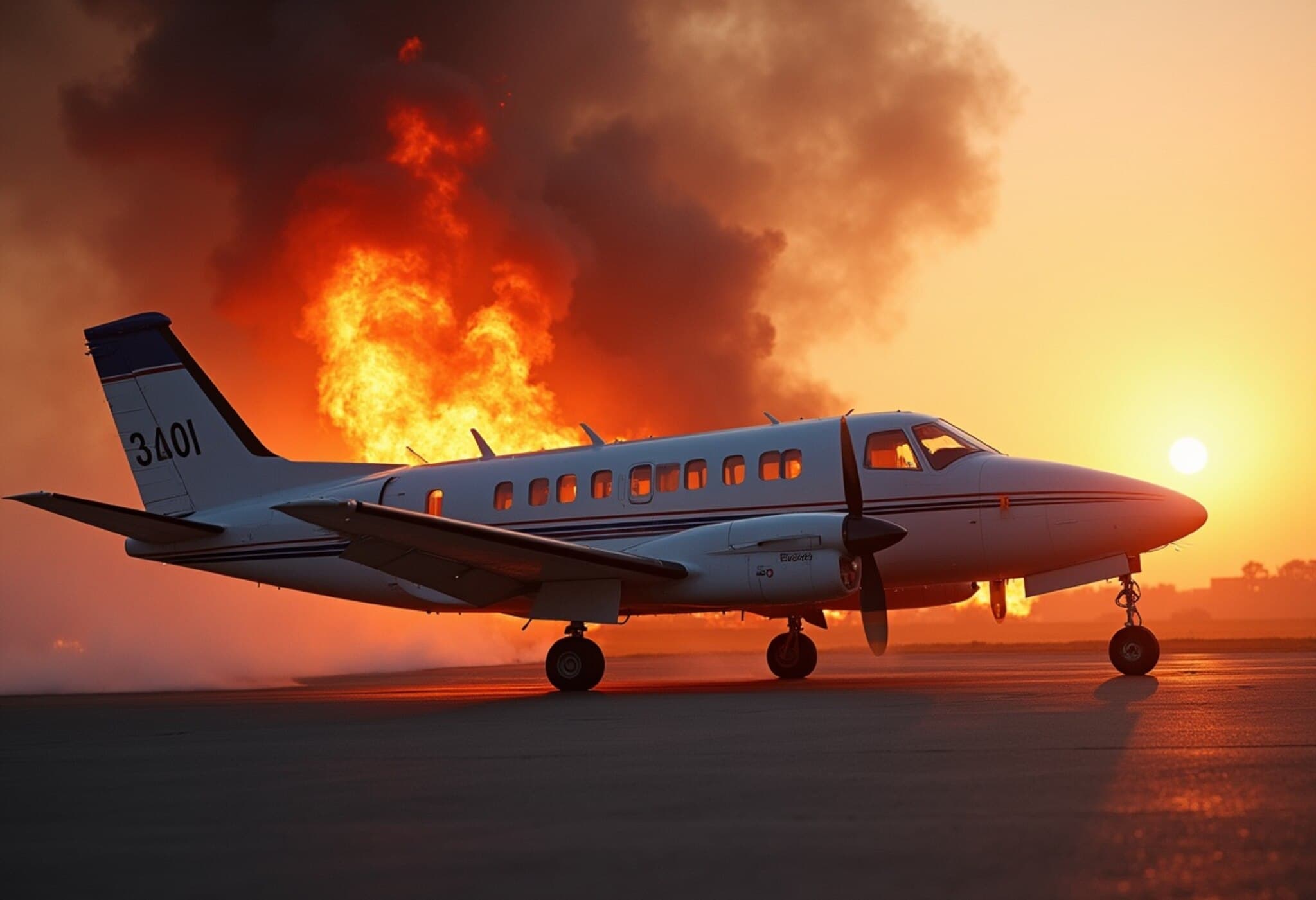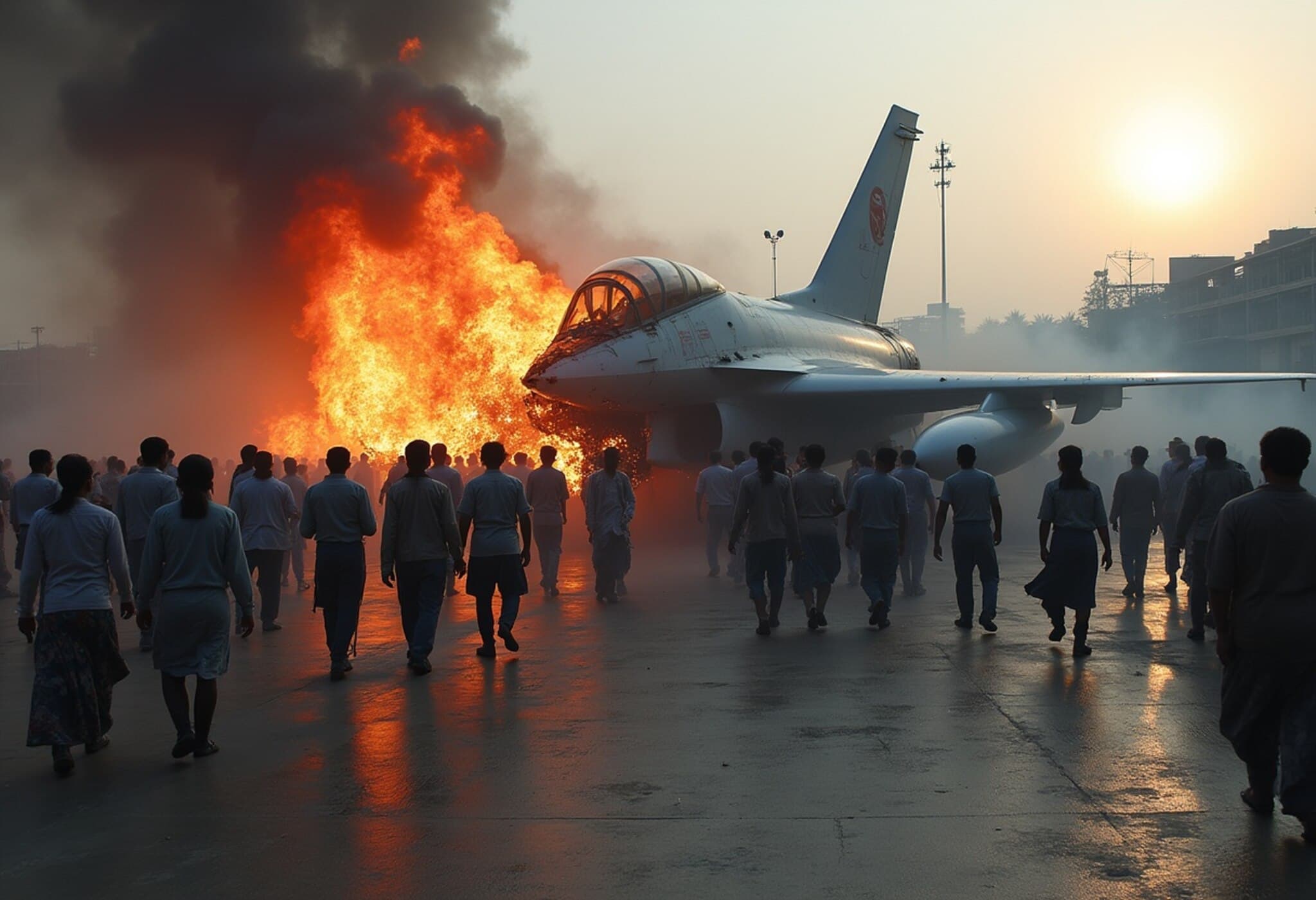Passenger Plane Crashes in Russia's Far East Region
Tragedy struck the remote Amur region of Russia on Thursday when a passenger airplane carrying close to 50 people vanished from radar before crashing near the Chinese border. The aircraft, operated by Siberia-based Angara Airlines, was en route to the city of Tynda when contact was lost, sparking a large-scale emergency response.
Details of the Flight and Victims
According to Amur Regional Governor Vasily Orlov, preliminary information suggests there were 43 passengers including five children and six crew members on board. However, the Russian emergencies ministry offers a slightly lower figure of approximately 40 individuals. The plane went missing from radar as it approached its destination, prompting immediate search and rescue operations.
Search and Rescue Efforts Underway
Shortly after contact was lost, authorities dispatched rescue helicopters that located the burning fuselage of the aircraft. Governor Orlov assured the public that all necessary forces and means have been mobilized to locate survivors and assess the scale of the disaster. Given the challenging terrain and harsh climate of Russia's far east, the rescue mission presents significant difficulties.
Contextualizing Aviation Safety in Remote Russian Regions
This incident underscores ongoing concerns regarding aviation safety in Russia's vast and remote eastern territories. With geographic isolation, limited infrastructure, and harsh weather conditions, air travel remains a lifeline yet carries inherent risks. Airlines like Angara operate critical regional routes but must contend with these operational challenges.
What Experts Are Saying
- Policy analysts emphasize the need for increased investment in modern navigational and weather detection systems in the region.
- Industry experts call for enhanced training for crews given the complicated flying conditions prevalent in Siberia and the Russian Far East.
- Regulators face pressure to improve oversight and enforce stricter safety benchmarks on regional airlines services.
Broader Implications and Public Reactions
For families anxiously awaiting news, the loss resonates deeply, highlighting how fragile connectivity can be in remote areas. The crash also sparks wider debate around infrastructure development, emergency preparedness, and the social-economic importance of reliable air services across Russia’s expansive geography.
Key Questions Moving Forward
- What specific factors led to the loss of radar contact and subsequent crash?
- How well equipped are regional airports and emergency teams to handle such crises?
- What measures can be introduced to prevent similar tragedies in the future?
Editor’s Note
As investigations unfold, this tragedy not only reminds us of the human cost behind transportation in remote regions but also invites reflection on enhancing safety protocols and infrastructure investments. The complex interplay between geography, technology, and human factors demands continued scrutiny to safeguard vulnerable communities dependent on air travel.

